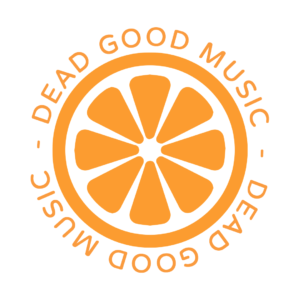1971 was an unquestionably noteworthy year for folk music. Among the releases were James Taylor’s ‘Mud Slide Slim and the Blue Horizon,’ Leonard Cohen’s ‘Songs of Love and Hate,’ and the retrospective sensation, Rodriguez’s ‘Coming From Reality.’ The popularity of the folk genre would slowly decline as the 70’s went on, but to many, the best came at the very beginning of the decade.
When Joni Mitchell released her fourth album, Blue, she put her open heart on a silver platter and served it to each and every unworthy listener for 36 straight minutes. The purity of her poetic narrative was a gift too good for us. What did we do to deserve pages from such a truthful, unapologetic, heart-wrenching diary? How could someone turn such aching emotion into such achingly beautiful melodies? Cohen hadn’t done it that well. Dylan hadn’t done it that well. It was something we would be introduced to by Joni herself.
Today we see confessional-style records quite frequently from artists like Adele and Taylor Swift, but how many times had we seen a woman be so honest in music before Blue? Ladies and gentlemen, what we have here is a trailblazer of the concept album that analyzes human emotions.
The opening song, ‘All I Want’ includes the captivating line, “Do you see how you hurt me, baby, so I hurt you too, then we both get so blue,” and only dives deeper from there. The honesty in ‘Little Green’ is agonizing. Arguably the most personal song on the album, the third track dives deep into her life just a year or so earlier- A poor, young mother with no choice but to put her child up for adoption. As listeners we can only imagine the strength it takes to bare a soul so unequivocally.
Songs like “My Old Man” and “A Case of You,” can only put a smile on your face as you listen along to the hopeful lyrics of losing your head in love. It’s the last song, ‘The Last Time I Saw Richard,” that closes the album with a haunting sense of romance, longing, humor, pain and the temporariness of it all as she fails to realize how one day she may also be helplessly stuck in “these dark café days.”
The underlying theme of this album of love and loss is the beauty of travel. Joni spends several verses romanticizing jumping on planes from her California home to beaches, to France, to Spain, to skating away on a frozen river. There’s something so liberating, so freeing in the midst of such a broken-hearted half hour.
The impactful style of her music, the acoustic guitar, piano, and the melodic falsetto voice give ‘Blue’ the vulnerability it needs to keep these 10 songs stuck in your brain and heart for years, even decades to come.
So, what’s so special about this Joni Mitchell album? The revered work of art has every component of the early autobiographical record: Honest and afflictive lyrics, beautiful acoustics and piano behind Joni’s signature high-pitched singing, and the heart and soul to make sure it’s never forgotten with the passage of time. 50 years later it’s hitting harder than ever, receiving a flock of attention for its anniversary, more praise than ever from critics, and modern-day covers of tracks from artists like Brandi Carlile, Ellie Goulding, and Rufus Wainwright. The beauty of ‘Blue’ continues to burn bright half a century on and doesn’t show signs of dying down any time soon.
Words by Carley Williams

